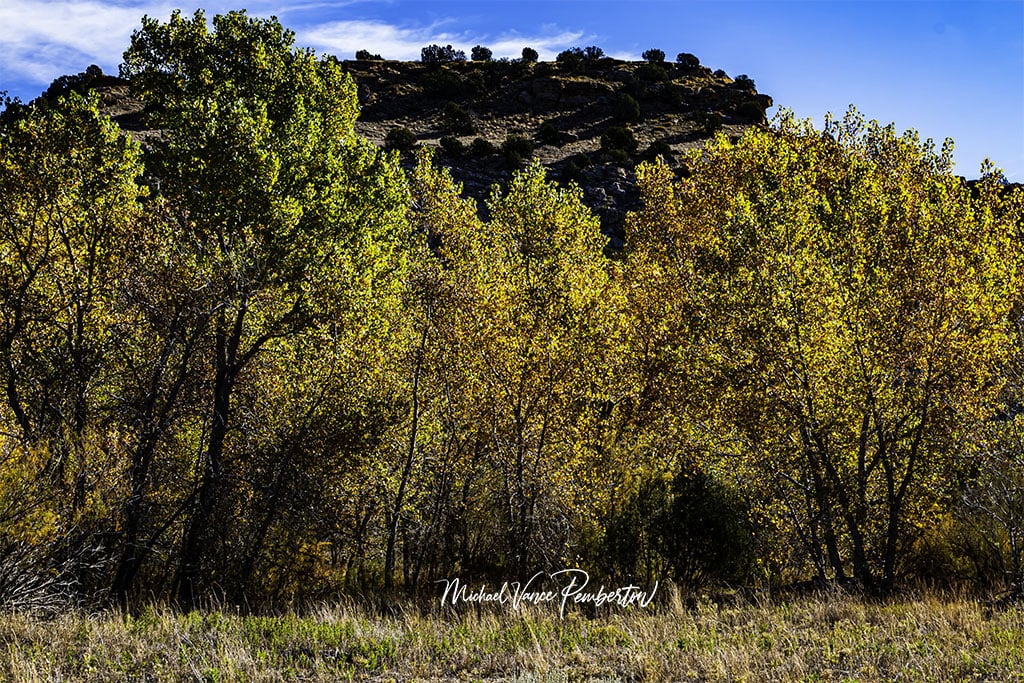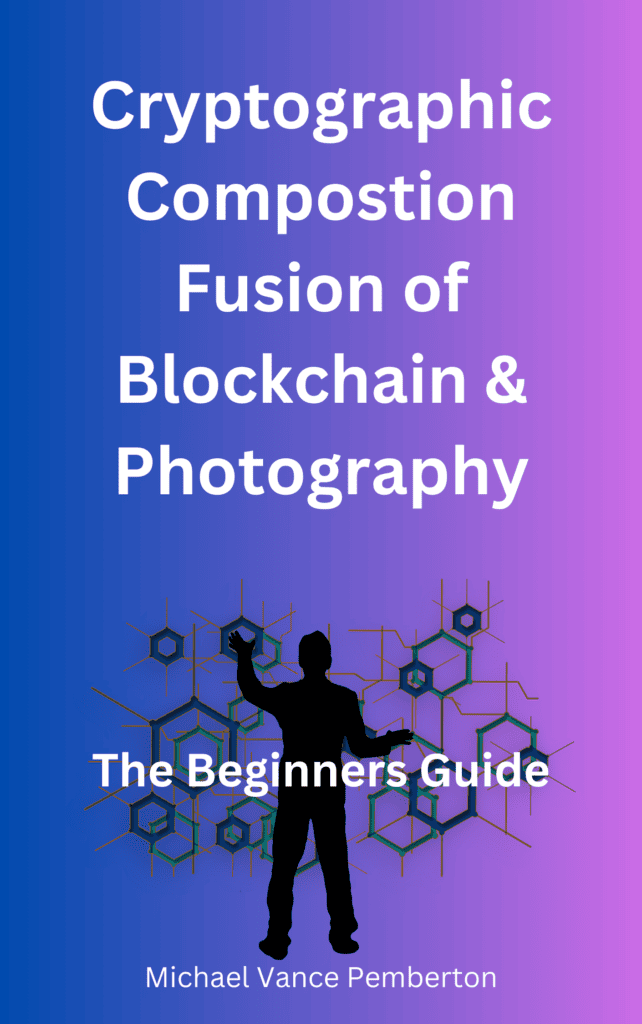
Introduction:
Achieving proper exposure is fundamental to creating compelling and visually appealing photographs, regardless of the lighting conditions. Whether shooting in bright sunlight, low light, or challenging indoor settings, mastering exposure techniques is essential for capturing images with balanced tones, accurate colors, and optimal detail. In this comprehensive guide, we’ll explore a range of techniques and strategies to help you achieve proper exposure in different lighting conditions, empowering you to capture stunning images in any environment.
Understanding Exposure Basics:
Before diving into specific techniques, it’s essential to grasp the fundamental concepts of exposure. Exposure refers to the amount of light that reaches the camera sensor, determined by three primary factors: aperture, shutter speed, and ISO sensitivity. The aperture controls the amount of light entering the lens, shutter speed regulates the duration of light exposure, and ISO sensitivity adjusts the sensor’s sensitivity to light. Balancing these three elements is critical to proper exposure to various lighting conditions.
1. Assess the Lighting Conditions:
The first step in achieving proper exposure is to assess the lighting conditions and adjust your camera settings accordingly. In bright sunlight, for example, you may need to use a faster shutter speed or smaller aperture to prevent overexposure. In low light or indoor settings, you may need to increase ISO sensitivity or use a wider aperture to compensate for limited available light.
2. Use Exposure Compensation:
Exposure compensation allows you to manually adjust the camera’s exposure settings to achieve the desired brightness level in your images. This feature is handy when the camera’s automatic metering system may inaccurately meter the scene, such as high-contrast scenes or backlit subjects. Experiment with exposure compensation to fine-tune your exposure settings and achieve the desired brightness and contrast level in your images.
3. Metering Modes:
Understanding your camera’s metering modes can help you accurately measure and adjust exposure in different lighting conditions. Most cameras offer multiple metering modes, including evaluative (matrix), center-weighted, and spot metering. Experiment with various metering modes to determine which mode works best for your shooting style and the specific lighting conditions you’re working in.
4. Bracketing:
Exposure bracketing involves taking multiple shots of the same scene at varying exposure settings, typically with one shot at the metered exposure, one underexposed, and one overexposed. This technique is beneficial in high-contrast situations or when working in challenging lighting conditions, as it ensures that you capture a range of exposures in post-processing. Use exposure bracketing to hedge your bets and increase the likelihood of capturing a perfectly exposed image.
5. Use Graduated Neutral Density Filters:
In landscape photography, where you may encounter scenes with bright skies and darker foregrounds, graduated neutral density (ND) filters can help balance exposure and retain detail in both image areas. These filters gradually darken from top to bottom, allowing you to reduce the sky’s brightness while maintaining proper exposure in the foreground. Experiment with different strengths of graduated ND filters to find the right composition balance.
6. Manual Mode:
While automatic exposure modes can be convenient, mastering manual mode gives you complete control over exposure settings and allows for greater creative freedom. You adjust the aperture, shutter speed, and ISO sensitivity in manual mode to achieve the desired exposure. This level of control is particularly beneficial in situations where the lighting conditions are consistent or when you want to achieve a specific creative effect.
7. Practice and Experiment:
Achieving proper exposure in different lighting conditions requires practice, experimentation, and a willingness to learn from mistakes. Take the time to experiment with different exposure settings, metering modes, and techniques in various lighting situations. Review your images critically, analyze the exposure results, and adjust your approach accordingly. With time and experience, you’ll develop the skills and intuition to consistently achieve proper exposure in any lighting condition.
Conclusion:
Mastering exposure is a fundamental skill that empowers photographers to capture stunning images in any lighting condition. By understanding exposure basics, utilizing exposure compensation, metering modes, bracketing, filters, and manual mode, and practicing regularly, you can achieve proper exposure and create compelling photographs that showcase the beauty of the world around you. Exposure is not a one-size-fits-all solution; it requires adaptability, creativity, and a willingness to experiment to achieve the desired results. Keep refining your skills, exploring new techniques, and embracing the challenges of different lighting conditions, and you’ll unlock endless possibilities for creative expression through photography.


Recent Posts
In shadows cast by love's deceitful guise,He wandered blind, his heart the captive prize.Through realms unknown, where truth remained concealed,He followed trails of falsehood, unrevealed. Blinded...
Prepare to be amazed as the MCAS Cherry Point Air Show returns on May 11-12. This annual event, hosted by the Marine Corps Air Station (MCAS) Cherry Point in North Carolina, promises a weekend of...